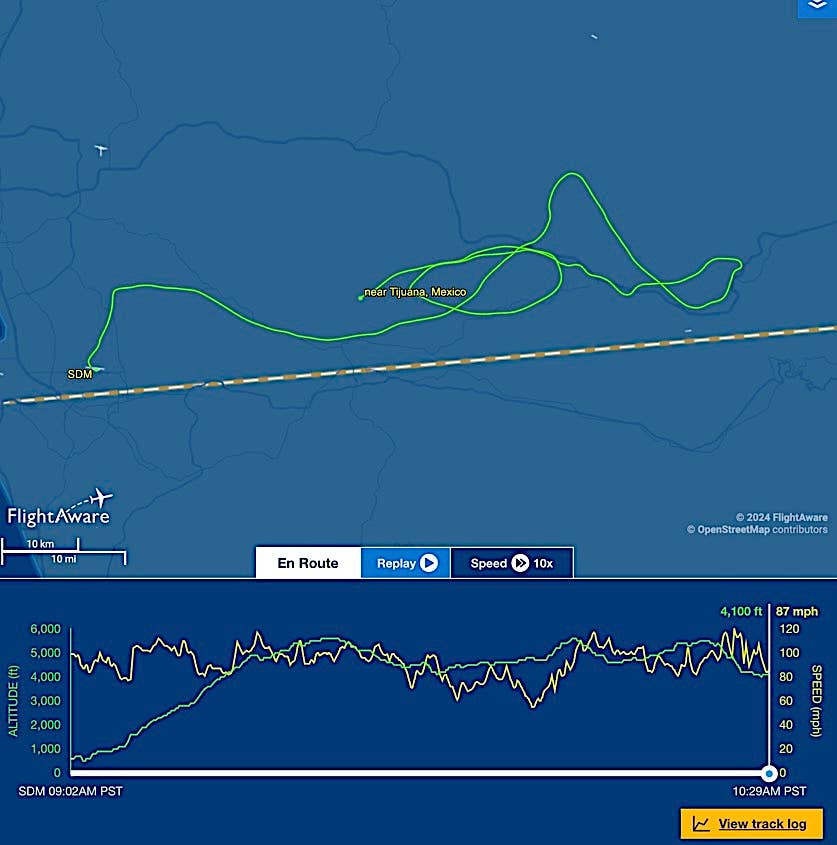FAA Names Avgas Finalists
Unleaded aviation fuels developed by Shell and Swift Fuels will move on to Phase 2 testing in the FAA’s Piston Aviation Fuels Initiative, the FAA announced today. The tests are part of the FAA’s ongoing efforts to develop an acceptable unleaded fuel for small airplanes. “Small aircraft are the only mode of transportation that still relies on leaded fuel,” said Transportation Secretary Anthony Foxx. “We’re committed to finding safe fuels that benefit the environment and our general aviation community.”

Unleaded aviation fuels developed by Shell and Swift Fuels will move on to Phase 2 testing in the FAA's Piston Aviation Fuels Initiative, the FAA announced today. The tests are part of the FAA's ongoing efforts to develop an acceptable unleaded fuel for small airplanes. "Small aircraft are the only mode of transportation that still relies on leaded fuel," said Transportation Secretary Anthony Foxx. "We're committed to finding safe fuels that benefit the environment and our general aviation community." Test data will help the companies obtain an ASTM International Production Specification for their fuels and allow the FAA to authorize the existing GA fleet to use the unleaded replacement fuels. The testing will begin this summer and conclude in 2018. The two contenders that were eliminated were one fuel from Swift, and one from Total.
The PAFI program began in 2013, and six companies submitted 17 formulations to the FAA for assessment. The fuels were assessed in terms of their impact on the existing fleet, the production and distribution infrastructure, the impact on the environment, toxicology, and the cost of aircraft operations. In September 2014, the FAA accepted four fuel formulations into the PAFI Phase 1 test program. Phase 1 testing, which concluded in December, included basic fit-for-purpose and chemical property laboratory evaluations, six rig tests, materials compatibility testing, engine testing, and a literature study which evaluated the chemical components of the fuels to obtain information on their toxicity and environmental impact.The FAA reviewed the Phase 1 data and the updated feasibility assessments, and then selected the two fuels that it says would have the least impact on the GA fleet and on the fuel production and distribution infrastructure.Approximately 167,000 GA aircraft in the U.S. currently rely on 100-octane low-lead aviation gasoline for safe operation.





